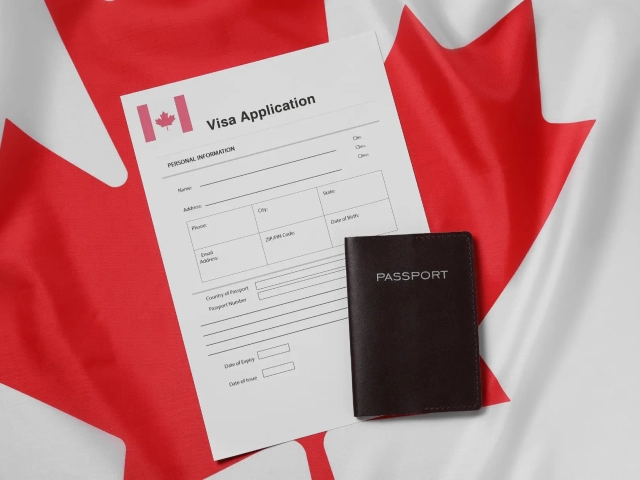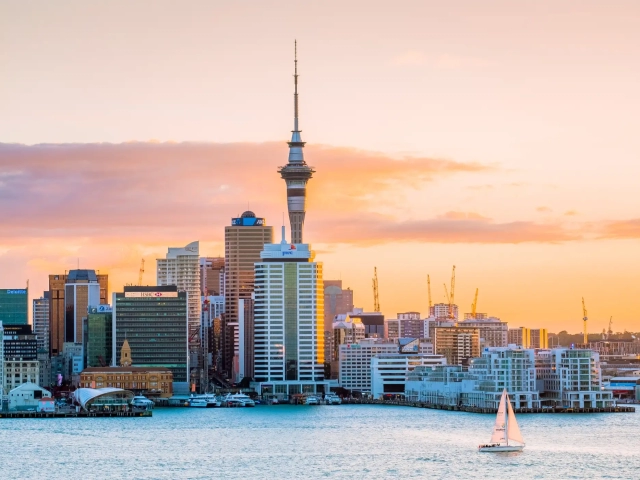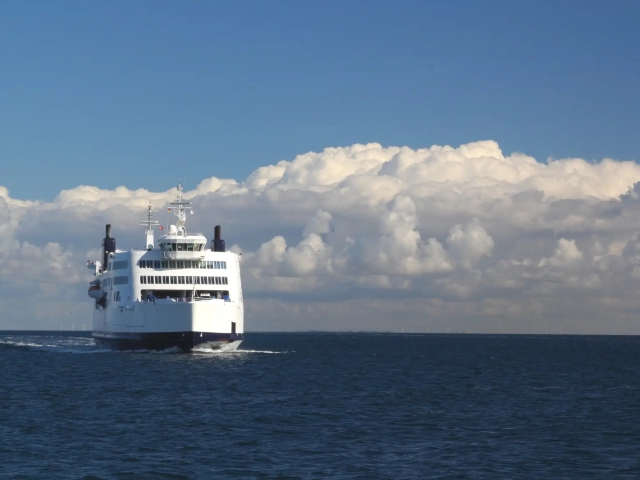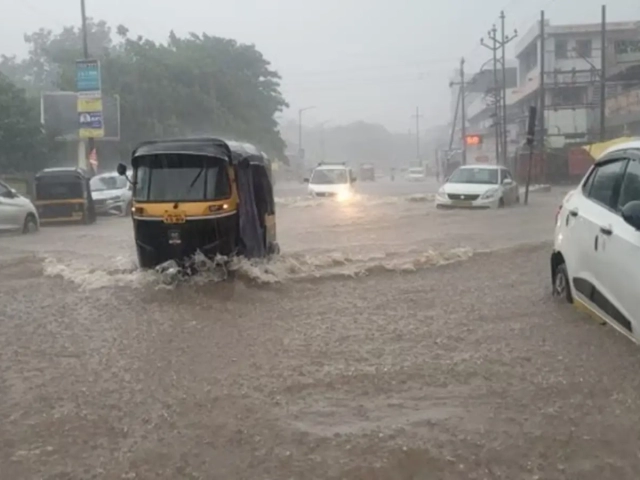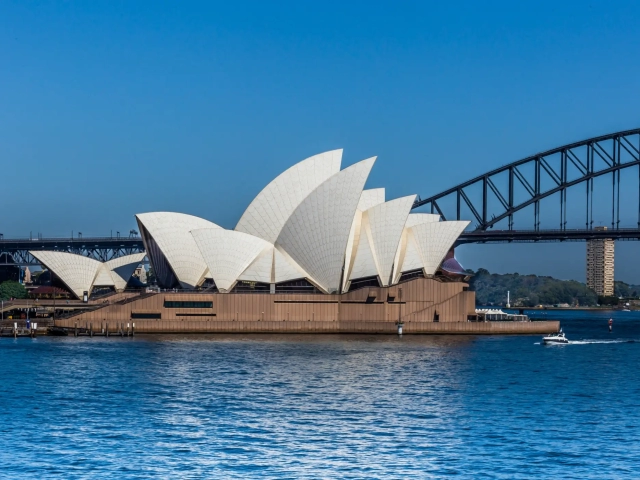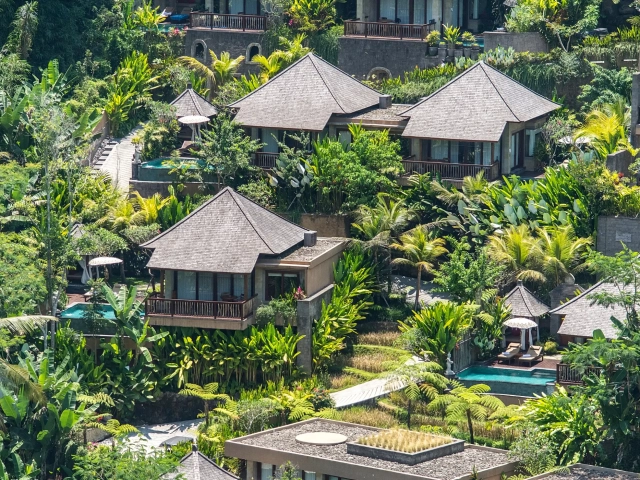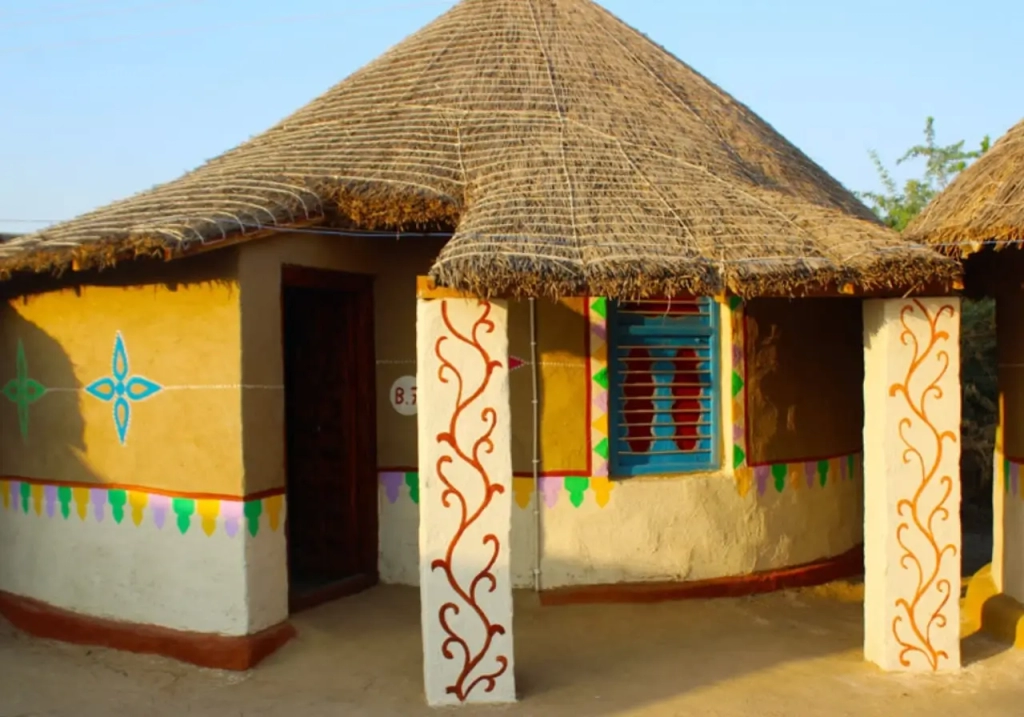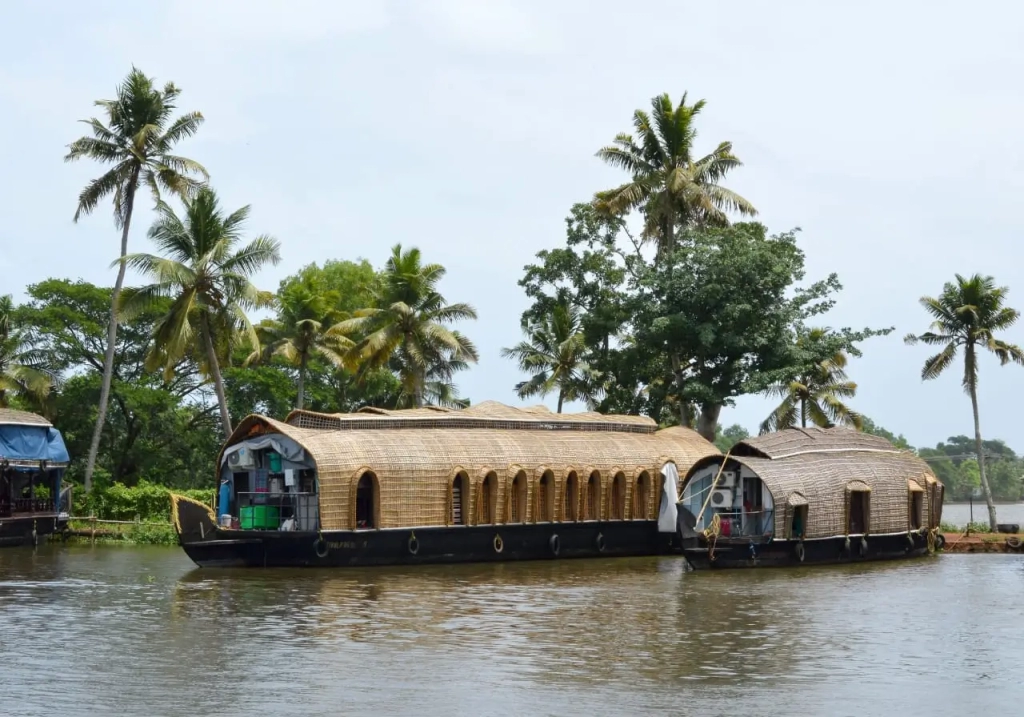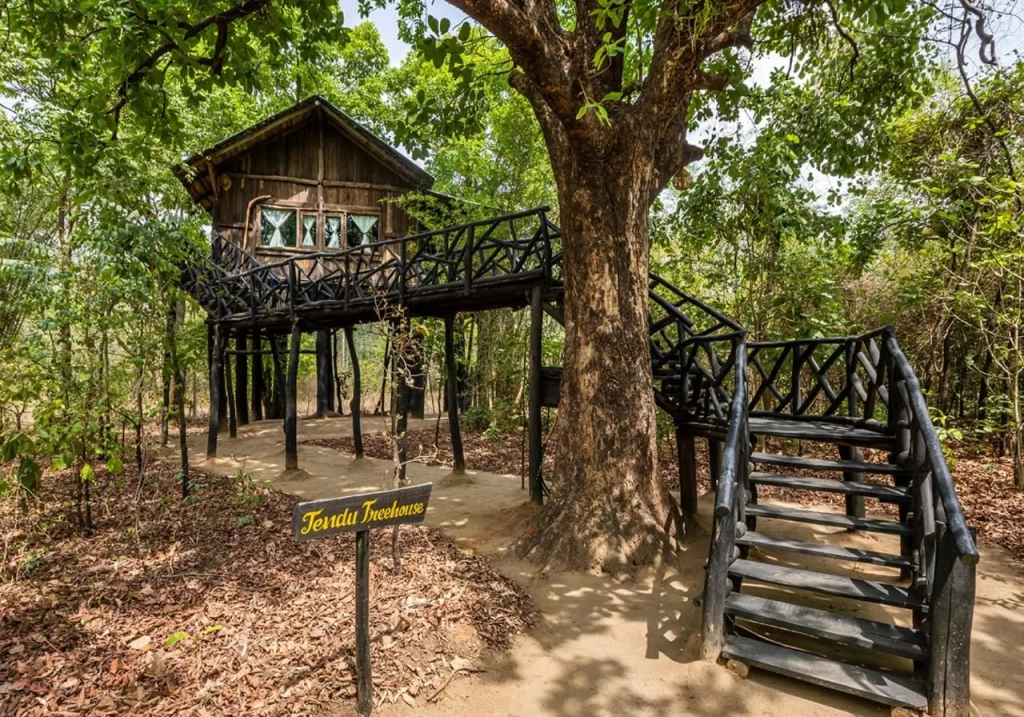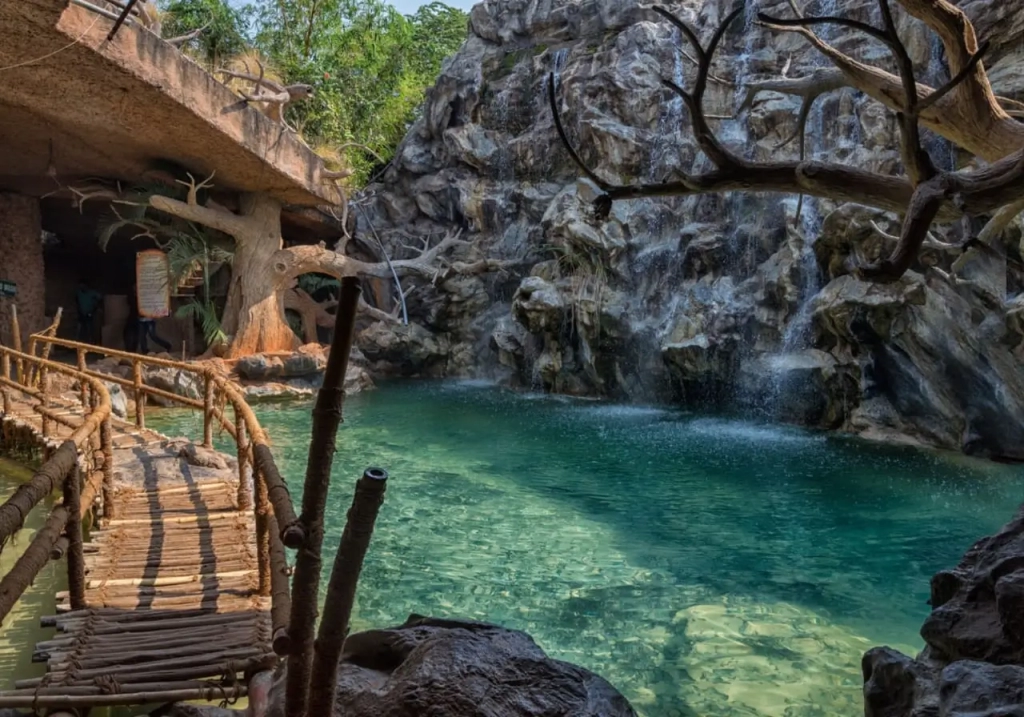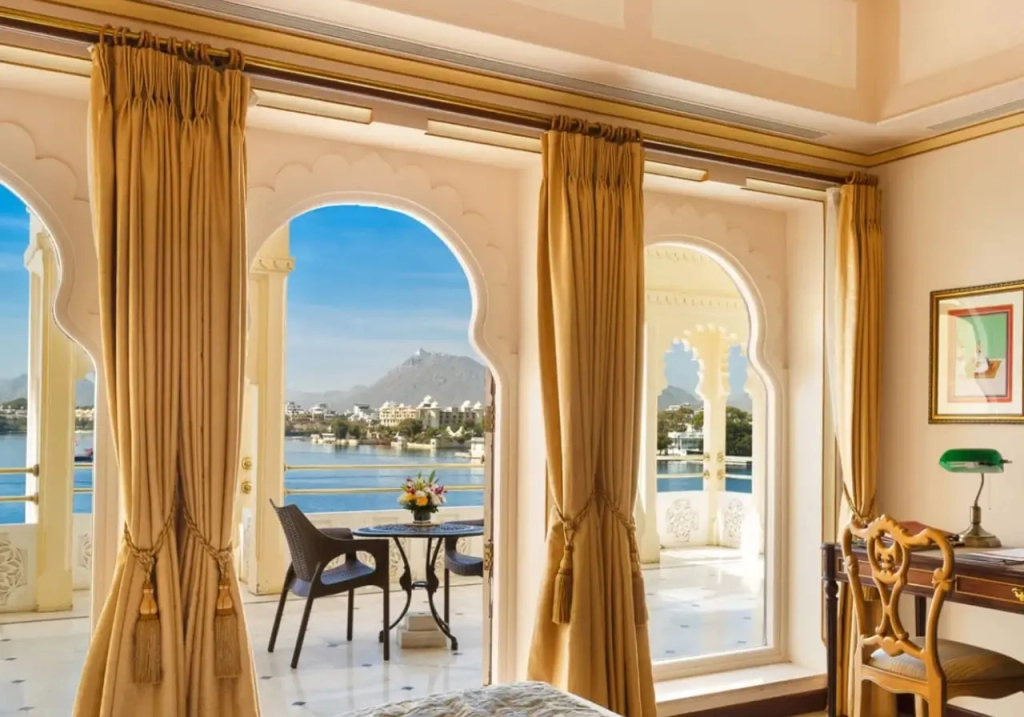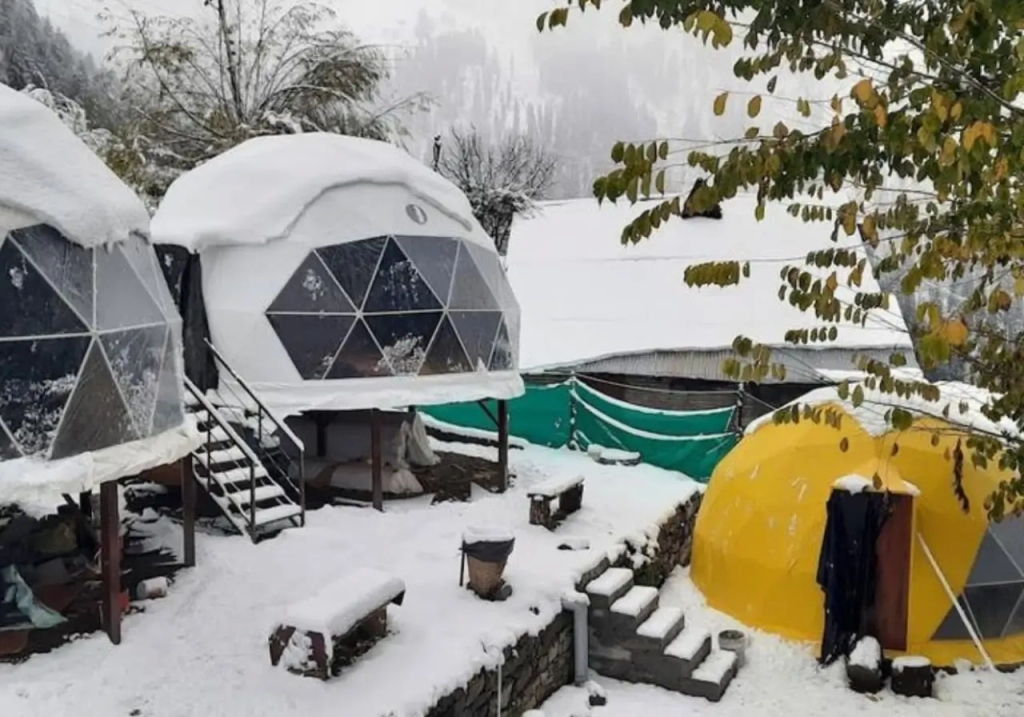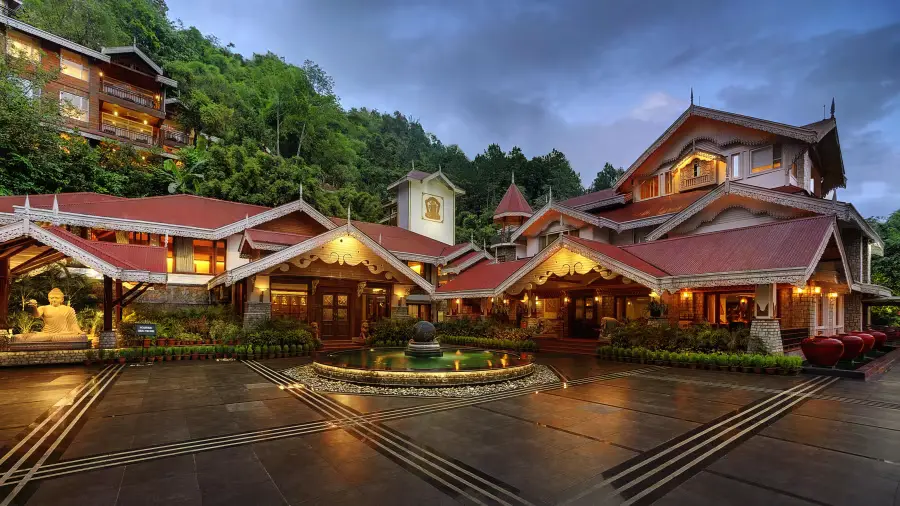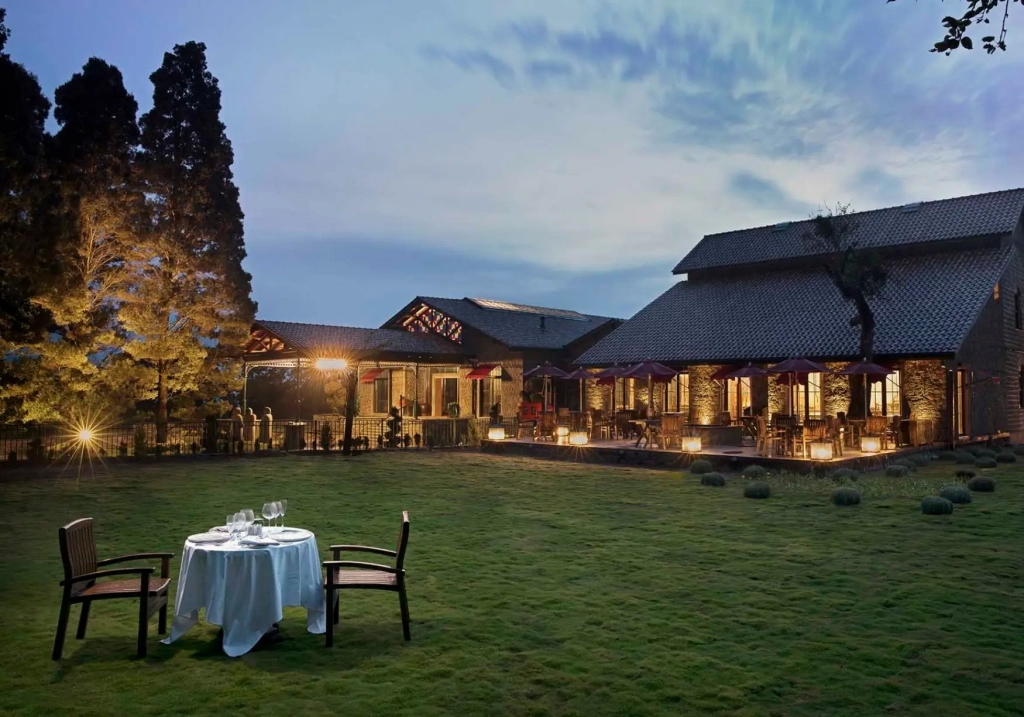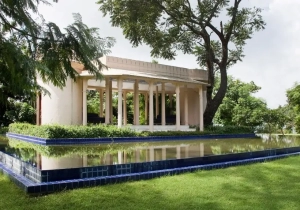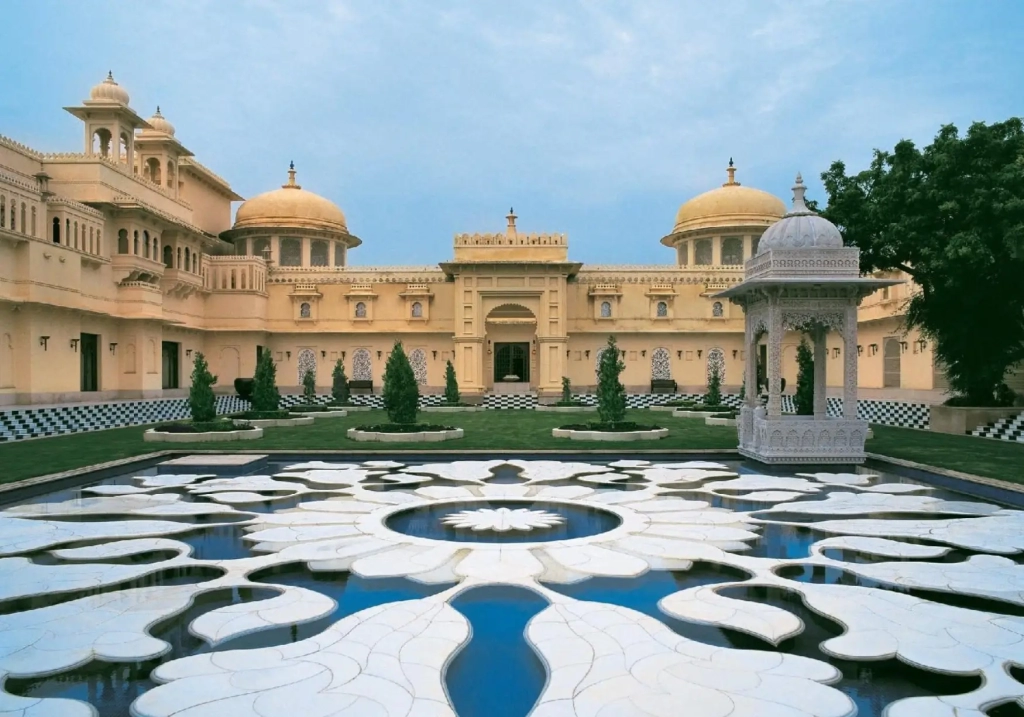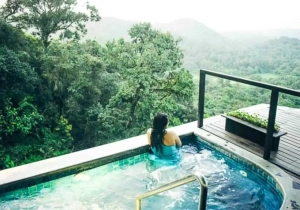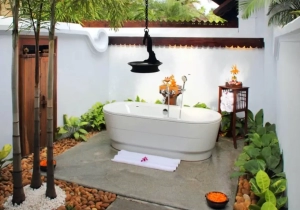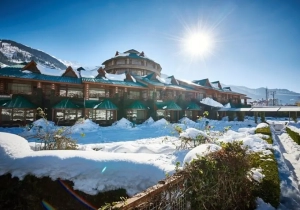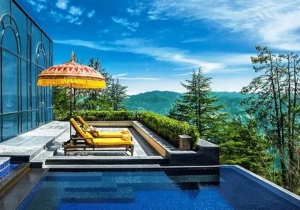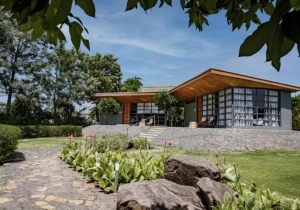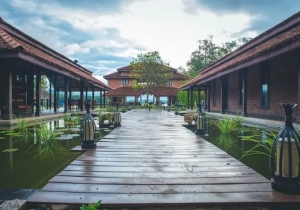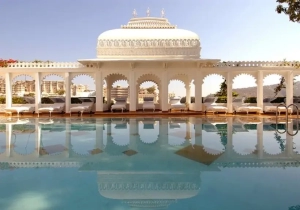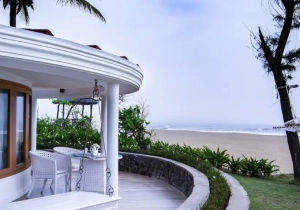India’s enchanting coastline is home to some of the world’s most stunning beaches. One can find a tapestry of hues, tastes, and activities along these enticing coastlines that appeal to all kinds of tourists. Whether you’re looking for an action-packed beach vacation or a tranquil hideaway to rest and re-connect with nature, Indian beaches have everything to offer. In this blog we will uncover the sandy treasures of India’s coastline.
- Agonda Beach, Goa:
Agonda Beach presents a postcard-perfect scene straight out of a tropical dream. Picture yourself strolling along a wide expanse of soft white sand, with swaying coconut palms creating a picturesque backdrop. It is one of the hotspots of tourist attraction from around the world. It is also one of the four beaches designated as turtle nesting sites.
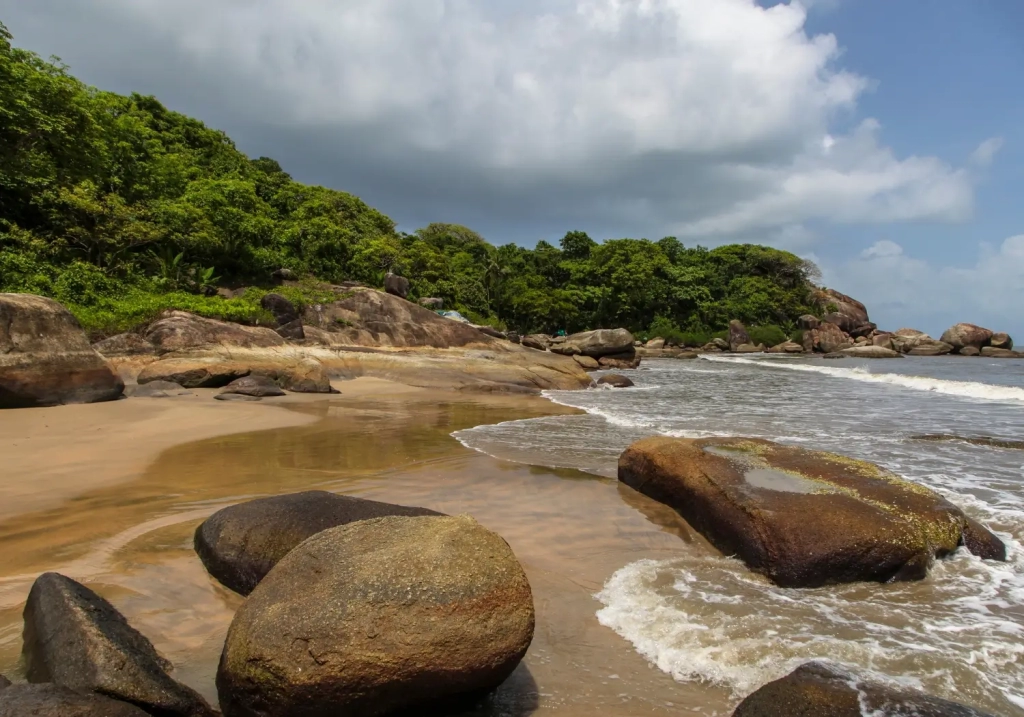
How to Reach – Train – Agonda beach is 43 Km away from nearest railway station Margao. One can take a taxi or bus to reach Agonda.
Flight- The nearest airport is at Dabolim, approximately 70 kms. Taxis are easily available.
- Boating – One can hire a boat and can visit nearby beaches.
- Yoga Classes- The beach is famous for its yoga classes and meditation.
- Swimming – The beach is best for your swimming experiences. Make sure to buy the swim costumes beforehand.
- Nightlife- Beach is at the prefect destination from clubs and pubs. One can enjoy different beach clubs.
- Varkala Beach, Kerala:
Along Kerala’s gorgeous coastline, Varkala Beach is a magnificent combination of cliffs, golden sands, and crystal-clear seas. The beach is embellished with natural mineral springs and provides spectacular views of the Arabian Sea. Varkala beach is the only place in southern Kerala where cliffs are found adjacent to the Arabian Sea.
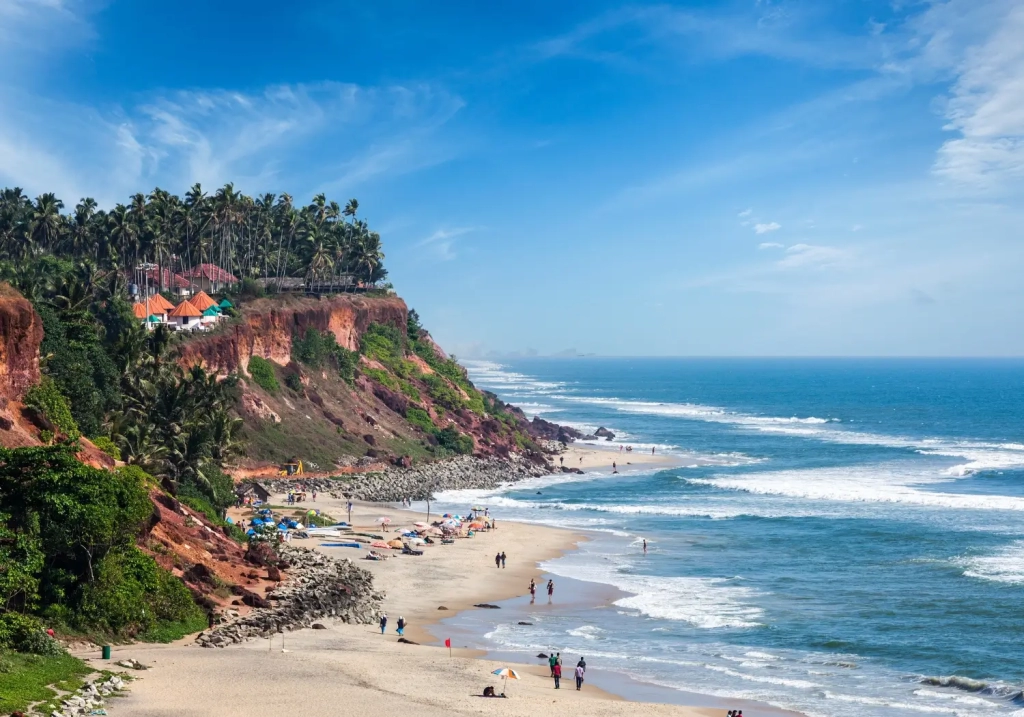
Activities-
- Paragliding- Due to the existence of high cliffs, it is the perfect beach spot for paragliding.
- Swimming- Take a dip in cold water and enjoy the beach and sand.
- Market- Explore the nearby market and enjoy the sun breeze during your shopping spree.
Flight: Fly to Trivandrum International Airport, which is the nearest airport to Varkala Beach. From the airport, hire a taxi or take a local bus to reach Varkala Beach, located about 50 kilometers away.
Train: Varkala has its own railway station called Varkala Sivagiri Railway Station, which is well-connected to major cities in India. From the railway station, hire a taxi or take a local bus to reach Varkala Beach.
Road: Varkala Beach is easily accessible by road. You can drive to Varkala from nearby cities or take a bus from major cities in Kerala.
- Marina Beach, Tamil Nadu:
The pride of Chennai, Marina Beach, is a stunning mix of natural beauty and old-world elegance. The second-longest beach in the world, it is the longest in India. The Triumph of Labour statue and the renowned lighthouse are two historical structures that give the beachscape a sense of grandeur. The salty wind is filled with amazement and wonder as the waves pound the coastline.
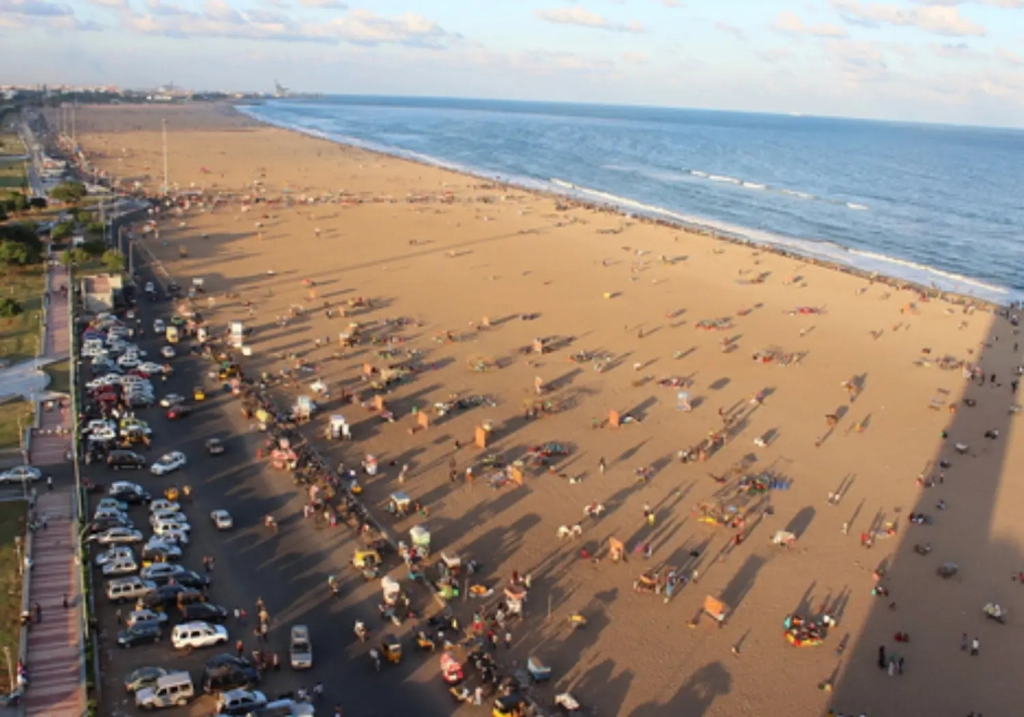
How to Reach – Flight: Fly to Chennai International Airport, which is well-connected to major cities in India. From the airport, hire a taxi or take a local bus to reach Marina Beach, located in Chennai.
Train: Chennai has several railway stations, including Chennai Central and Chennai Egmore, which are well-connected to major cities. From the nearest railway station, hire a taxi or take a local bus to reach Marina Beach.
Road: Marina Beach is easily accessible by road. You can drive to Chennai from nearby cities or take a bus from various cities in Tamil Nadu.
Activities-
- Beach Volleyball: beach volleyball offers an energetic and competitive experience. Gather a group of friends and engage in a spirited game of beach volleyball on the sandy shores of Marina Beach.
- Historical Landmarks: There are buildings and statues along Marina Beach’s promenade which depicts India’s rich history and heritage. The most notable statues are the Victory of Labour and the Mahatma Gandhi statue
- Radhanagar Beach, Andaman and Nicobar Islands:
Nestled in Havelock Island, Radhanagar Beach showcases powder-soft white sand, crystal-clear turquoise waters, and lush greenery. The beach offers a tranquil atmosphere and stunning panoramic views of the sunset.
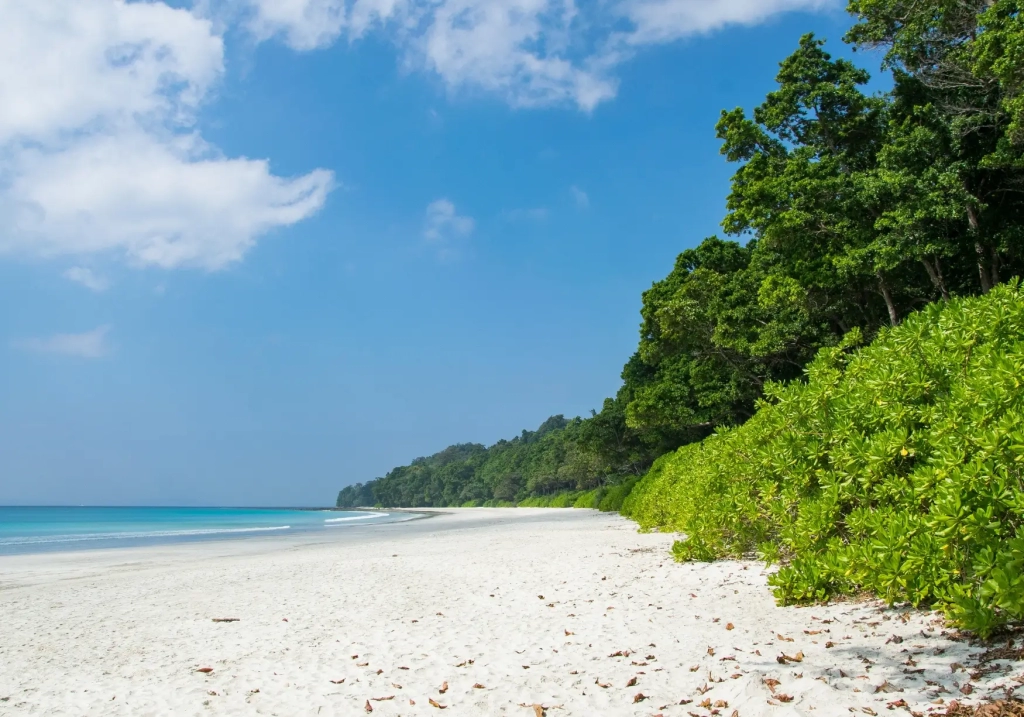
How to reach – Flight: Fly to Veer Savarkar International Airport in Port Blair, the capital of Andaman and Nicobar Islands, from major cities in India like Delhi, Mumbai, or Chennai. From there, take a ferry or a seaplane to Havelock Island, where Radhanagar Beach is located.
Train: No direct train connectivity to Andaman and Nicobar Islands as it is an archipelago. The nearest railway station is in Chennai. From Chennai, take a flight to Port Blair and then proceed to Radhanagar Beach as mentioned above.
Road: Not accessible.
Activities
- Scuba Diving- Explore the coral reefs and experience the underwater marine life.
- Swimming- Swim in the calm waters and refresh yourself.
- Trek to Elephant beach- Elephant beach is a good destination if you want to explore the nearby beaches. if you are looking for some adventure, we suggest taking a 2 km trek to reach elephant beach.
- Gokarna Beach, Karnataka:
Visual Description: Gokarna Beach, situated in the quaint town of Gokarna in Karnataka, is known for its pristine shoreline and tranquil ambiance. The beach is surrounded by verdant hills and is a spiritual haven for pilgrims.
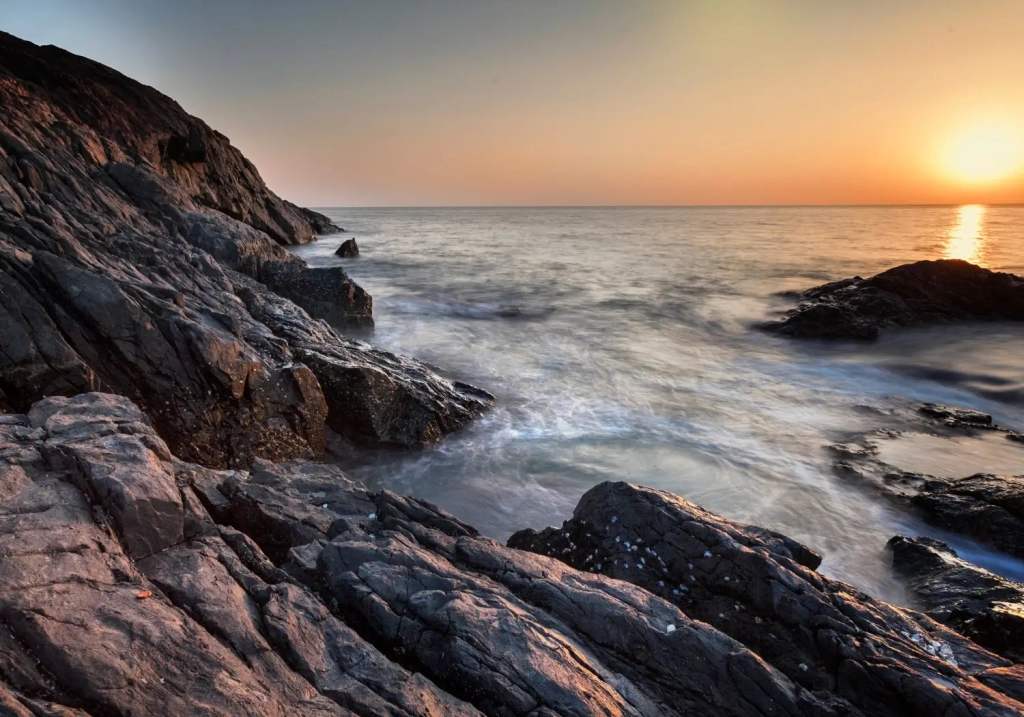
Flight: The nearest airport to Gokarna is Dabolim Airport in Goa, which is well-connected to major cities in India. From the airport, you can hire a taxi or take a bus to Gokarna, which is approximately 140 kilometers away. The journey from the airport to Gokarna takes around 3-4 hours by road.
Train: Gokarna Road Railway Station is the closest railhead to Gokarna. It is well-connected to major cities in India. From the railway station, you can hire a taxi or take a local bus to reach Gokarna town, which is around 10 kilometers away.
Road: Gokarna is well-connected by road, and there are regular bus services from major cities in Karnataka, Goa, and other nearby states. You can also choose to drive to Gokarna by private vehicle. The town is accessible via National Highway 66.
Activites-
- Water Sports: Gokarna Beach offers opportunities for water sports enthusiasts. Like activities like jet skiing, banana boat rides, and parasailing.
- Beach Shacks and Cafes: Explore the beachside shacks and cafes that line Gokarna Beach. Indulge in delicious seafood, refreshing drinks, and local delicacies while enjoying the laid-back beach vibes.
- Swimming and Sunbathing: Gokarna Beach offers clean and inviting waters, making it ideal for a refreshing swim. you can also find designated areas for sunbathing, where you can lounge on the beach.
- Paradise Beach, Pondicherry:
Situated on Chunnambar River’s backwaters, Paradise Beach in Pondicherry lives up to its name with its serene and idyllic setting. Its golden sand is perfect to enjoy a leisure and relaxing time at the beach.
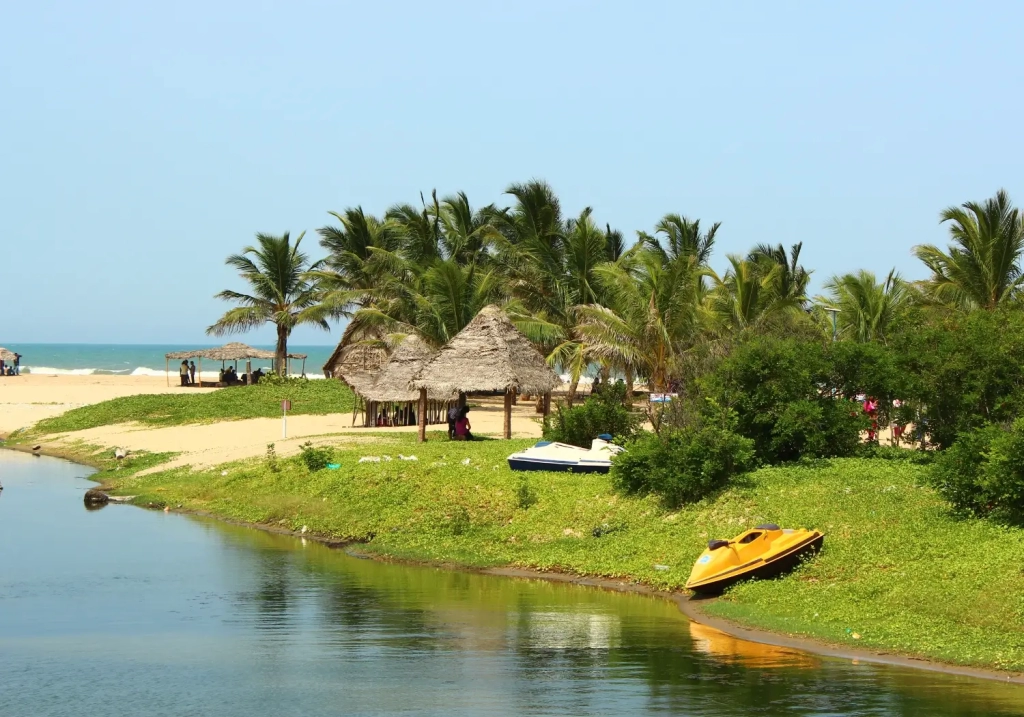
How to Reach: Fly to Chennai International Airport and take a taxi or local transport to reach Chunnambar Boat House, from where you can board a boat to Paradise Beach.
Activites-
- Water sports- Enjoy skiing and boating on the backwaters.
- Swimming: The clear turquoise waters of Paradise Beach are perfect for swimming. Take a refreshing dip in the sea and enjoy the calmness of the ocean.
- Tarkarli Beach, Maharashtra:
Tarkarli Beach, located in the Konkan region of Maharashtra, is renowned for its crystal-clear turquoise waters, pristine white sands, and vibrant marine life. The beach offers a perfect blend of adventure and tranquillity.

How to Reach:
Flights- Fly to Goa International Airport and take a taxi or local transport to reach Tarkarli, which is approximately 90 kilometers away.
Train – The nearest railway station to the city is Kudal which is approximately 45 km away from Tarkarli.
Road- If you have your own vehicle then just drive by NH17 or NH4 via Mumbai – Pune Express Highway for around 510 Kms from Mumbai to Malvan.
Activities:
- Scuba Diving: Explore the underwater world of Tarkarli by indulging in scuba diving.
- Jet Skiing: dd some excitement to your beach visit by trying out jet skiing
- Visit Sindhudurg Fort: Explore the historic Sindhudurg Fort, located near Tarkarli Beach Built by Shivaji Maharaj.
- Marari Beach:
Situated in the picturesque village of Mararikulam in Kerala, it is an ethereal coastal destination. For those who want to spend some time at the beach in addition to visiting Kerala’s backwaters, Marari beach is an ideal destination.

How to Reach –
By Flight: The nearest airport to Marari Beach is the Cochin International Airport, located approximately 73 kilometers away. From the airport, you can take a taxi or hire a private car to reach Marari Beach.
By Train: The nearest railway station to Marari Beach is the Alleppey Railway Station, also known as Alappuzha Railway Station, located about 11 kilometers away.
By Road: Marari Beach is well-connected by roadways, and you can reach the beach by bus, taxi, or private car.
Activities
- Backwater Cruises: Marari Beach is located close to the famous Kerala backwaters. Experience the unique ecosystem, observe the local life along the banks, and enjoy the tranquillity of the backwaters.
- Ayurvedic Treatments: Kerala is renowned for its traditional Ayurvedic therapies. Indulge in rejuvenating Ayurvedic massages, spa treatments, and wellness therapies available at resorts and spas near Marari Beach.
- Puri Beach, Odisha:
Located on the Bay of Bengal, Puri Beach is a popular tourist destination in Odisha. The beach is known as golden beach of india, The Golden Beach is a long, narrow strip of excellent golden sand that is lined with shops offering delectable seafood and trinkets. It is well-liked by pilgrims who travel there to worship Lord Jagannath at the neighbouring temple.

By Air: The nearest airport to Puri Beach is Biju Patnaik International Airport in Bhubaneswar, which is approximately 60 kilometers away. From the airport, you can hire a taxi or take a pre-paid cab to reach Puri Beach.
By Train: Puri has its own railway station, known as Puri Railway Station, which is well-connected to major cities in India. Once you reach Puri Railway Station, you can hire an auto-rickshaw or taxi to reach Puri Beach, which is just a few kilometers away.
By Road: Puri is well-connected to various cities in Odisha and neighboring states through a network of well-maintained roads. You can reach Puri Beach by private car, taxi, or bus.
Activities
- Puri beach festival: The Puri Beach Festival is an annual cultural extravaganza held in Puri. The festival celebrates the vibrant culture, art, and traditions of Odisha, attracting tourists and locals alike. (Celebrated in November)
- Sand Art: The beach hosts sand art displays, including work by international award-winning local sand artist Sudarshan Patnaik.
- Baga Beach
Baga Beach in Goa is a vibrant and lively coastal destination that attracts both locals and tourists from around the world. Situated in North Goa, Baga Beach stretches along the Arabian Sea and offers a picturesque setting that combines natural beauty with a bustling atmosphere.
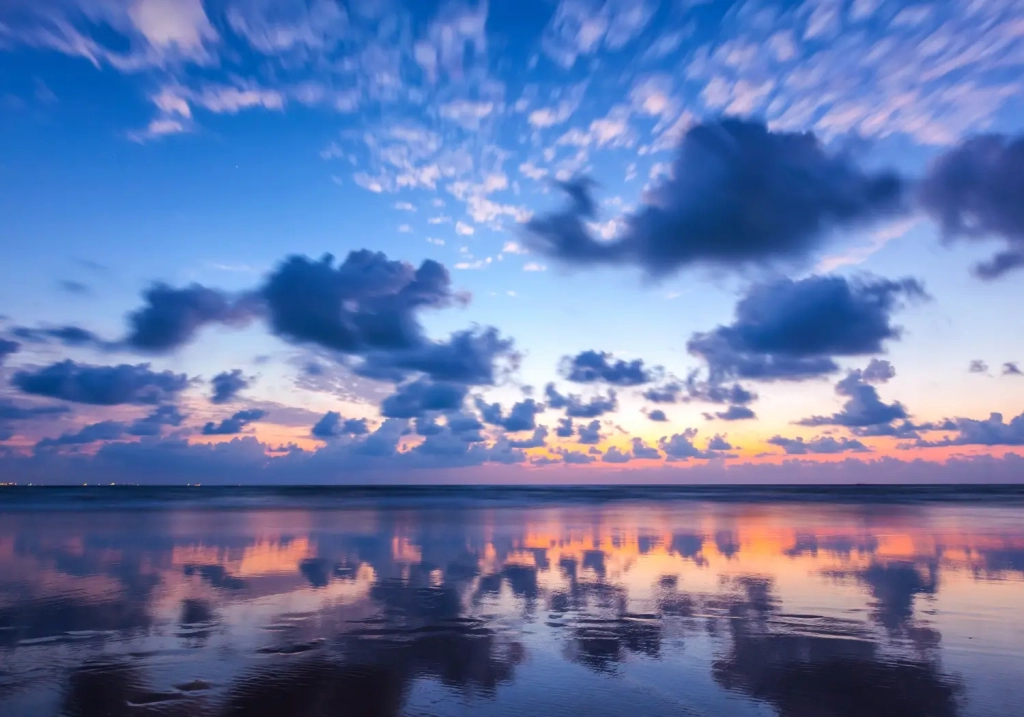
Activities:
- Nightlife and Parties: Baga Beach is famous for its pulsating nightlife. As the sun sets, the beach transforms into a party destination with lively beach clubs, bars, and nightclubs.
- Water Sports: Baga Beach is a hub for water sports enthusiasts. You can partake in thrilling activities such as jet skiing, parasailing, banana boat rides, water skiing, and parasailing.
How to reach Train –The beach is 50 Km away from nearest railway station Margao. One can take a taxi or bus to reach Agonda.
Flight- The nearest airport is at Dabolim, approximately 70 kms. Taxis are easily available.
Road- From Panaji: Baga Beach is located about 17 kilometers from Panaji, the capital city of Goa. You can hire a taxi or take a local bus from Panaji to reach Baga Beach.
Conclusion
India is endowed with a magnificent coastline, and its beaches provide tourists with a wide variety of experiences. Each beach has its own distinct appeal and attractiveness, from the calm and pristine shoreline of Gokarna Beach to the lively and frenetic ambiance of Baga Beach in Goa. These beaches not only provide a visual treat with landscapes, but also offer a plethora of activities to indulge in. Whether it’s water sports, exploring marine life, experiencing local culture, cuisine or simply relaxing by the sea, there’s no shortage of things to do at these destinations.
